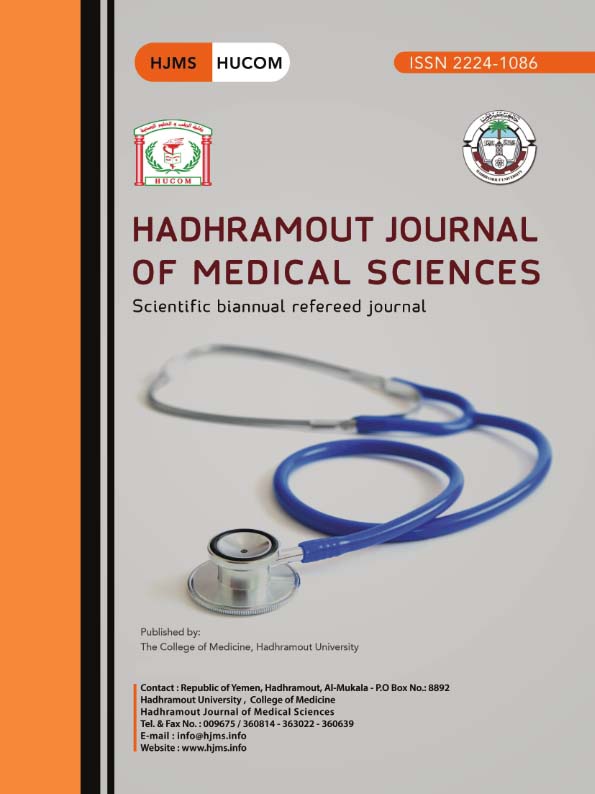Computed Tomography (CT) meal: A useful radiological tool in the diagnosis of upper intestinal obstruction in children
Presentation of five cases
Keywords:
Intestinal obstruction, computed tomography (CT), Superior mesenteric artery syndrome, Duplication cyst, childrenAbstract
Background: This study was aimed to highlight
the usefulness of the computed tomography (CT)
meal technique used in our hospital in identification of the causes of upper intestinal obstruction
in children.
Methods: Five child cases complaining mainly
of recurrent vomiting and suspected to had an element of gastrointestinal obstruction were involved
in the study. CT meal was performed by inserting a nasogastric tube in each child’s stomach,
and a concentrated oral contrast media (Iohexol
300) was injected via the tube on CT table. Then
a helical pre-intravenous-contrast CT scanning
was performed for the whole abdomen and pelvis
with collimation of 3 mm. After that, intravenous
contrast was injected via an automated injector as
2ml/kg, and a second post-contrast CT scanning
run was performed. Images were then evaluated
by a qualified radiologist.
Results: The first case was a ten months infant boy
diagnosed as superior mesenteric artery syndrome.
Second case was six years boy diagnosed as duodenal stricture. Third case was twenty five years
neonate boy diagnosed also as duodenal stricture.
Fourth case was a three years boy with gross abdominal lymphomatous masses diagnosed as lymphoma. Fifth case was a twelve days newborn girl
diagnosed as intestinal duplication cyst.
Conclusion: CT meal technique was a useful technique in CT scanning evaluation of the children
abdomen in suspected upper intestinal obstruction.

